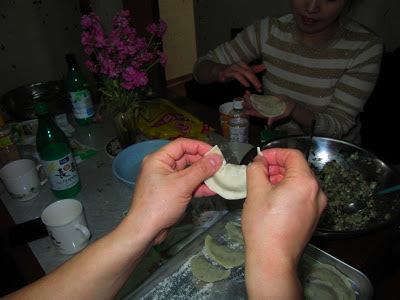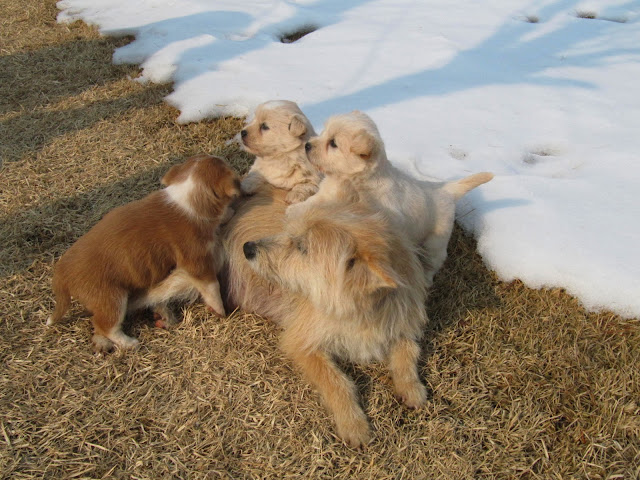Somewhat along the same lines as the Hollywood movie, Castaway (2000), Castaway on the Moon (2009) is a Korean take on being castaway on a deserted island. However, don't let this turn you off, this Korean adaptation is pure genius.
Mr. Kim, giving up on life after many failures, decides to take his own life by jumping off a bridge into the Han River in Seoul. However, his attempt at taking his on life fails, and he finds himself washed up on a "무인도" (literally "no person island") in the middle of the Han River. As one would expect, he tries with all his might to escape... at first. But after many failed attempts, he finally comes to enjoy his new freedom. He starts to make full use of all the trash that has accumulated on the island to make himself at home.
No one knows he is there, save for one person: a neurotic shut-in girl in her early twenties who has an obsession with taking close up photos of the moon. From her apartment window across the river, she only allows herself to look at the moon with her telephoto lens camera, but one night she accidentally scans her camera past the island where she sees a message: HELP. In English. She becomes intrigued, and rather than taking photos of the moon, she changes her focus to following the life of Mr. Kim.
This Korean take on Castaway is, in my humble opinion, better than the Hollywood version. The plot is intriguing and the irony that he is alone in the middle of a metropolis is what makes this movie great. He learns to survive using the trash that we think nothing of. This plot line by itself would make for an interesting enough story, but then, the intrigue of the second character, a castaway of a different sort, holed up in her bedroom, afraid of being seen by the rest of the world really makes this movie. The idea that wanting to escape from the world can actually bring two people together is quite moving. Don't worry though, this is no tearjerker, the irony of the entire situation is enough to keep you chuckling throughout the entire movie.
Watching this with subtitles is, of course, best for those who don't speak Korean, but there is very little dialogue since both characters are alone in their own worlds. So, if you happen to pass this while flipping through channels, it may be worth watching even without subtitles. Most situations are pretty self explanatory, especially on the island, and so you may be able to follow the movie quite easily if you have just basic Korean skills.
IMBd Castaway on the Moon

















































